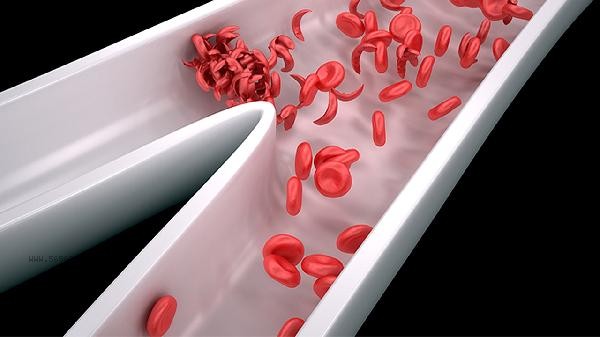Elevated red blood cells in urine may be caused by urinary tract infections, kidney stones, nephritis, prostate hyperplasia, or urinary system tumors, and should be comprehensively judged in conjunction with other examination indicators.
1. Urinary tract infection: When bacteria invade the urethra, bladder, and other areas, causing inflammation, mucosal congestion and damage can lead to red blood cell infiltration into the urine. Commonly seen in women, it may be accompanied by symptoms of frequent urination and urgency. Through urine routine examination, it can be seen that white blood cells are elevated simultaneously, requiring antibiotic treatment and increased water intake.

2. Kidney stones:
Scratching the inner wall of the urinary tract during stone movement can cause mechanical damage, leading to gross or microscopic hematuria. Usually accompanied by severe back pain, ultrasound examination can detect stone shadows. Stones smaller than 6 millimeters can be expelled on their own by drinking plenty of water, while larger stones require extracorporeal lithotripsy treatment. 3. Nephritis: When the glomerular basement membrane is damaged, red blood cell filtration increases, and deformed red blood cells can be seen on urine sediment microscopy. May be accompanied by symptoms such as proteinuria and edema, and require renal function examination and renal biopsy for diagnosis. Acute nephritis is often associated with streptococcal infection and requires bed rest and control of protein intake.
4. Benign prostatic hyperplasia:
In middle-aged and elderly men, the enlargement of the prostate gland compresses the urethra, causing blood vessels to rupture during urination and resulting in hematuria. Digital rectal examination can detect enlarged prostate, and B-ultrasound shows an increase in residual urine volume. Mild patients can improve their symptoms with alpha blockers, while severe cases require transurethral resection surgery.

5. Urinary system tumors:
bladder cancer, kidney cancer and other tumors with abundant neovascularization are prone to spontaneous bleeding, which is characterized by painless gross hematuria. CT urinary tract imaging can detect space occupying lesions, and diagnosis requires tissue biopsy through cystoscopy. Early stage tumors can be surgically removed, while late stage tumors require a combination of radiotherapy and chemotherapy. After discovering hematuria, the frequency of urination and changes in urine color should be recorded, and vigorous exercise and spicy diet should be avoided. It is recommended to dilute urine with at least 2000 milliliters of water per day and limit sodium intake to reduce the burden on the kidneys. People over 40 years old who experience painless hematuria should undergo tumor screening in a timely manner, and those who take anticoagulant drugs for a long time should adjust their medication plan. Female urine tests before and after menstruation may show false positives, and it is recommended to avoid physiological follow-up. Regular urine routine and urinary system ultrasound examination can help detect lesions early.









Comments (0)
Leave a Comment
No comments yet
Be the first to share your thoughts!